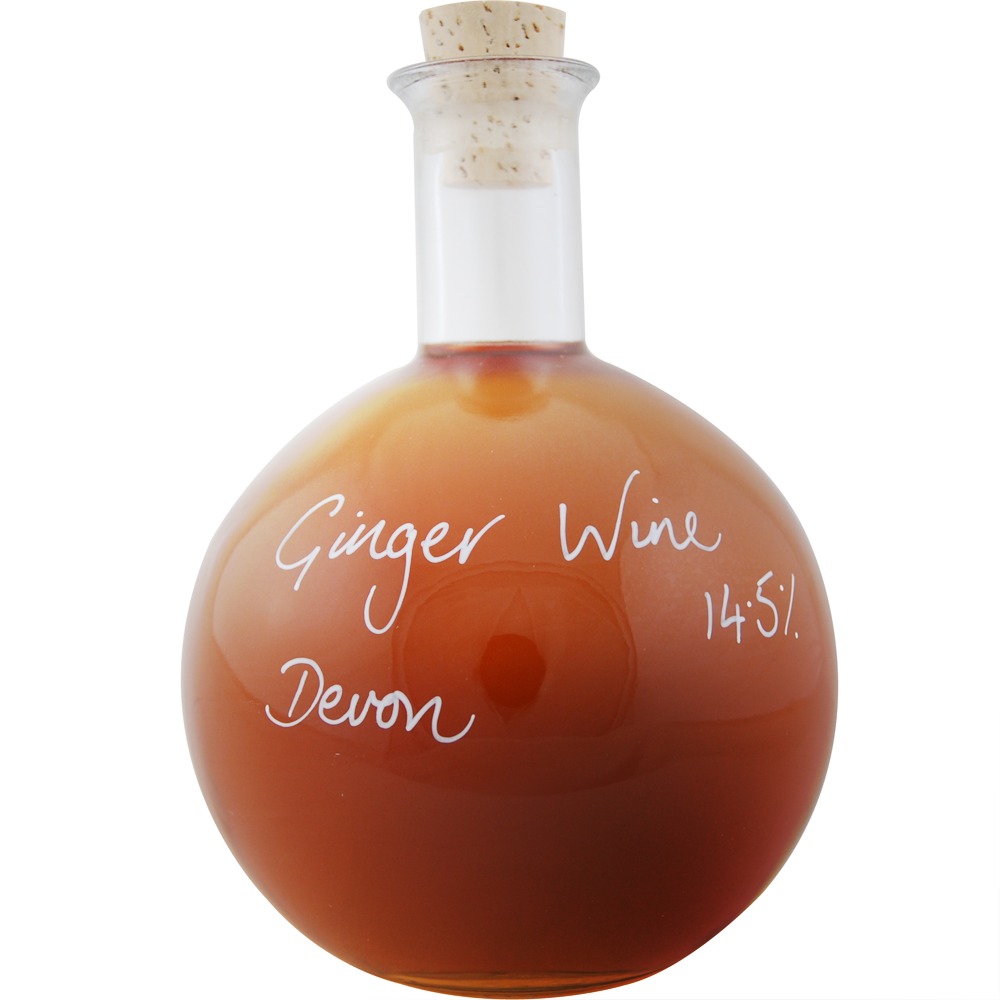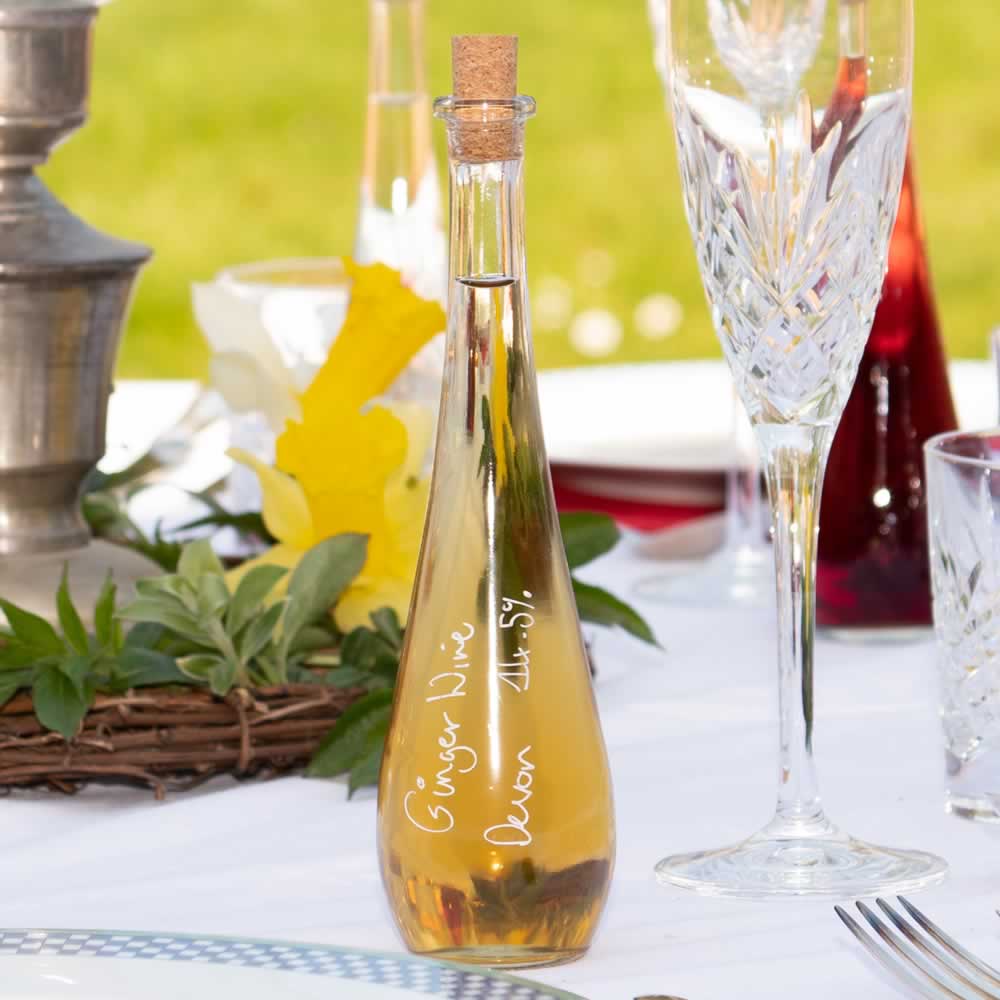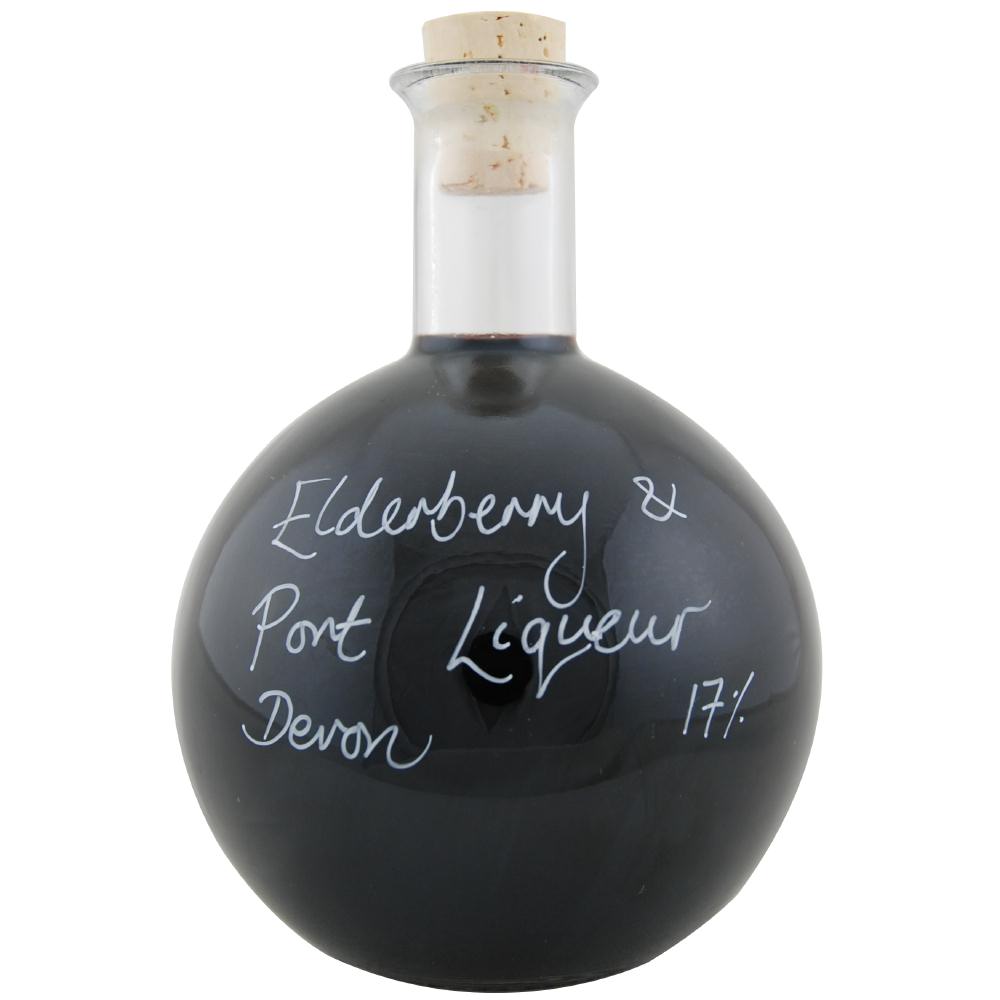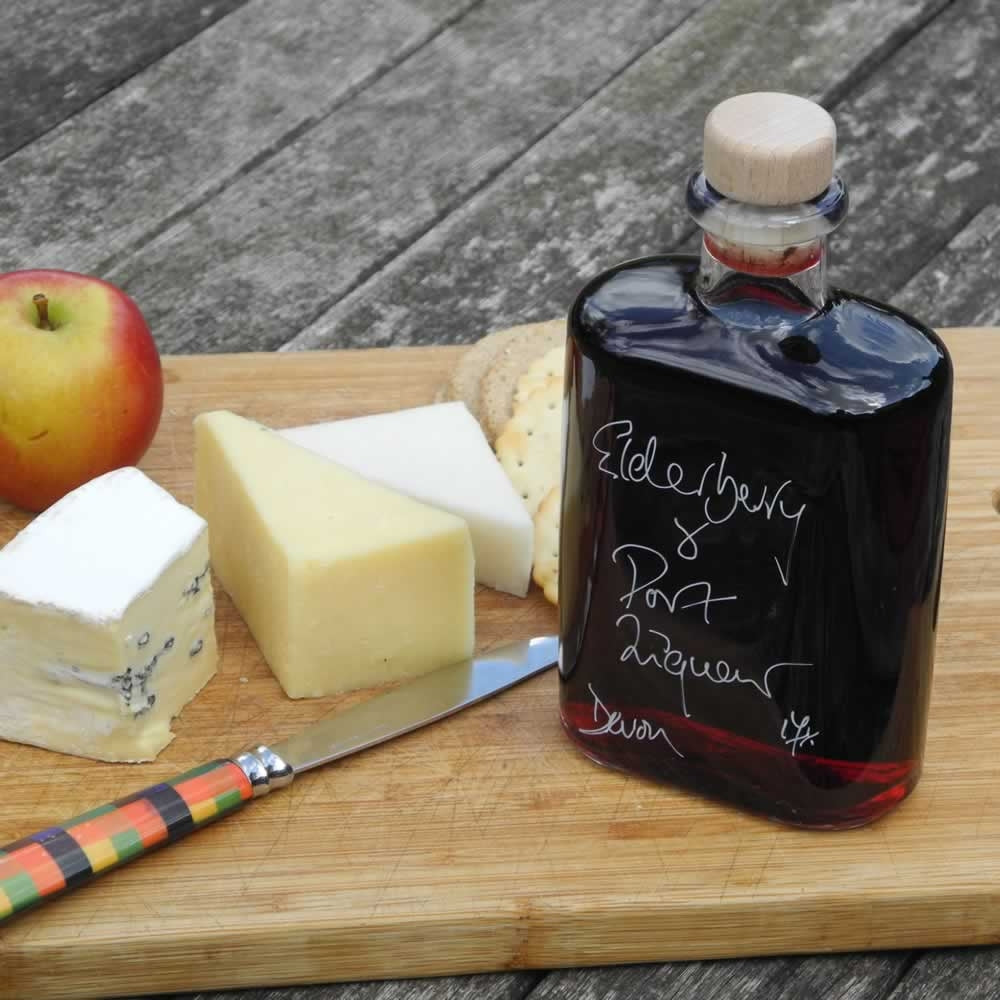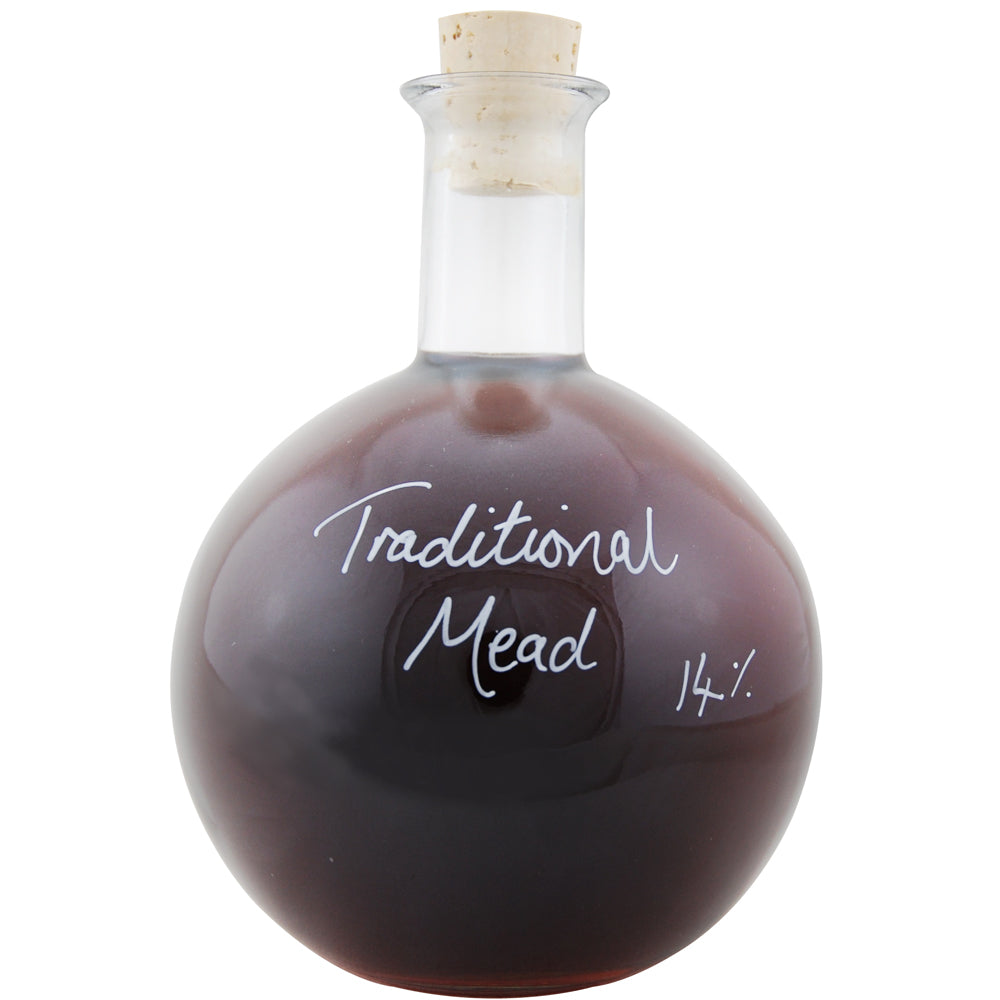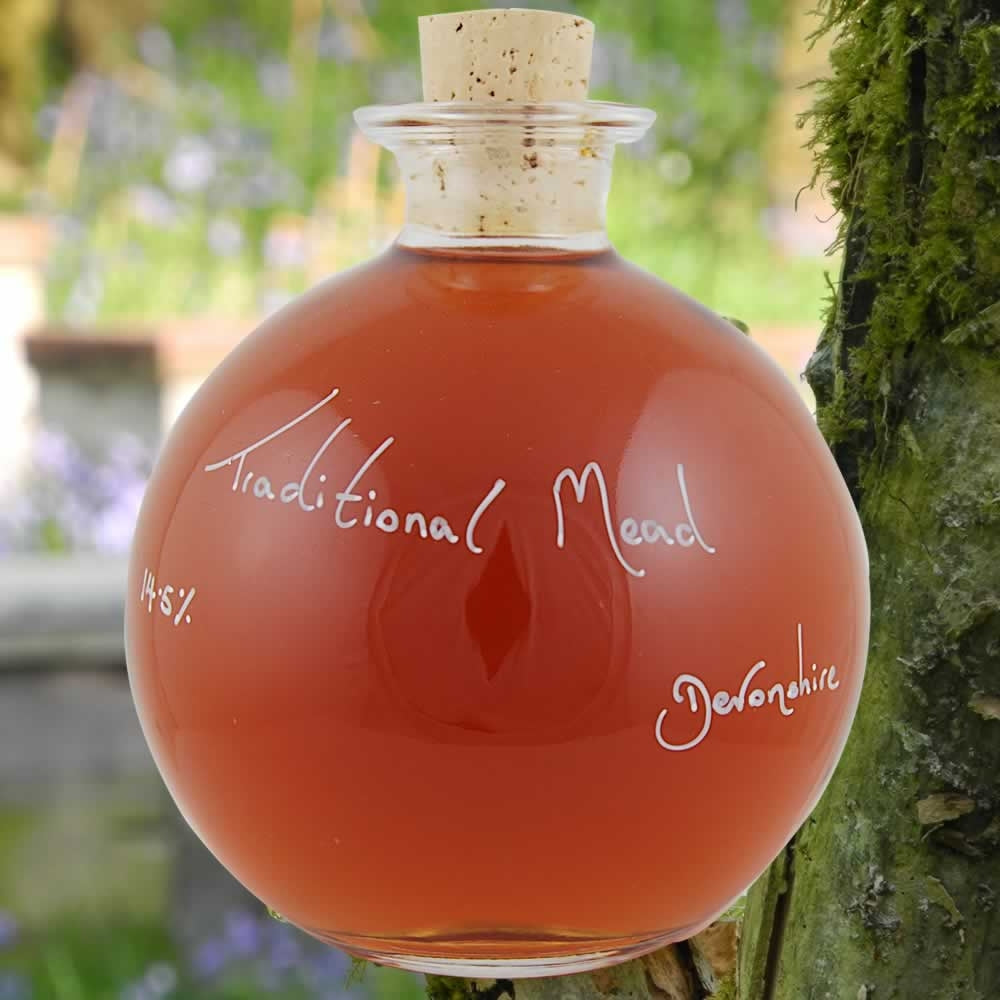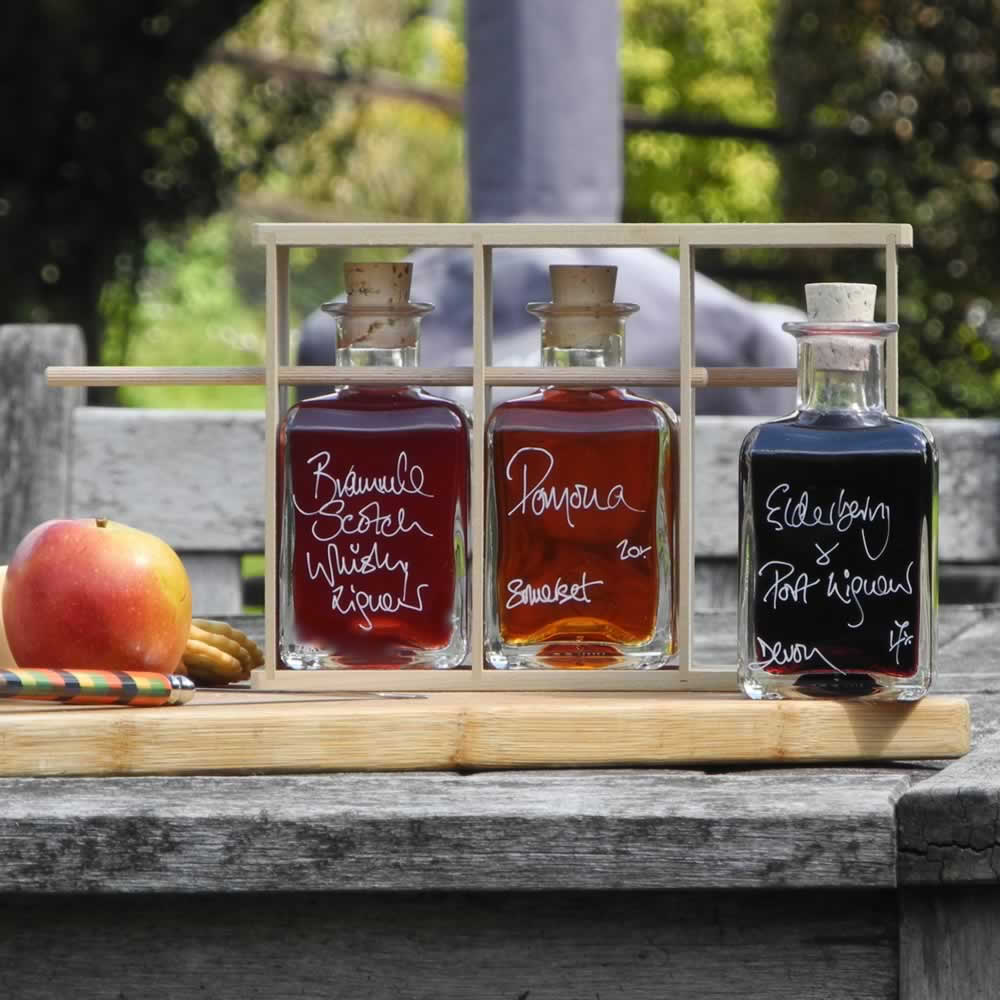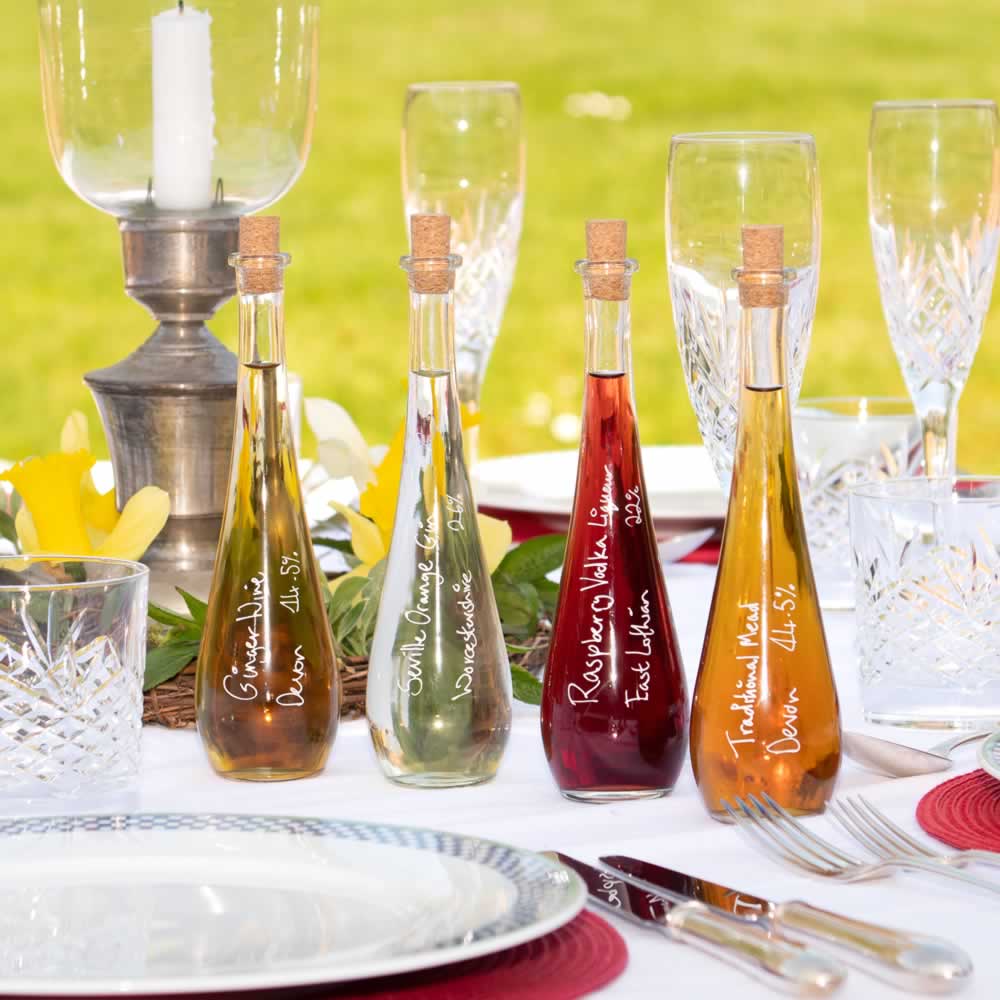Wines
Wine is an alcoholic drink typically made from grapes that have been fermented, but many other types of fruit and plants can be used to make wine.
Read more about WinesWine is an alcoholic drink typically made from grapes that have been fermented, but many other types of fruit and plants can be used to make wine.
What is wine?
To put it simply, wine is an alcoholic drink made from fruit, commonly grapes, sugar, and water. However, this very basic explanation has a very complex and wide variety associated with it. For example, wine is not always made from grapes and sugar. In reality, wines can be produced from a multitude of different fruits and crops to create any variety of fruit or even rice wine. There are also different sweeteners that can be used in the process of making wine. One of the most popular substitutes for sugar in winemaking is honey. Honey wines or mead gain their alcoholic content from the fermented honey. In a similar way to traditional wine, the complexity of mead can be staggering with an almost infinite variety of honeys and the addition of different fruits making this relatively simple process extremely complex.
History of wine
People have been making wine for thousands of years. The earliest trace of wine dates back to 6000 BCE in a region of modern-day Georgia. However, the increase in popularity in wine can be attributed to the Phoenicians and their spread along the Mediterranean coast which resulted in the expansion of wine being traded to different cultures. The history of wine can be observed to this day as ancient Romans were notorious for planting vineyards near garrison towns to ensure that wine was produced locally rather than shipped across a long distance. As a result of this, some of those areas are now world-renowned for creating some of the best Italian wines in the world.

How wine is made?
Wine is a simple process of fermenting fruit, usually grapes, in sugar and water to create a wine. However, this is a relatively simple explanation of a complex process when split into its individual aspects. The first step in creating wine is harvesting the grapes. These grapes will determine whether the wine you are making will be a red wine, white wine or even a rose wine. The wine grapes are the most crucial ingredient in winemaking as all the flavour will come directly from the grape. After the grapes have been collected it is essential to crush and destem them. Crushing the grapes allows the sugars inside the juice to run and make contact with all the exposed grape skins which have natural yeasts present necessary for fermentation to occur. The naturally occurring yeast converts the sugars into alcohol. This crushing process can be achieved by mechanical means such as a steel roller or by more traditional means such as stamping on the grapes in a tub to break them open. At this stage an important decision is made which will determine the type of wine that will be produced. If it is to be a white wine the skins of the grapes will be removed from the fermentation process. The opposite is true if the wine is designed to be a red wine or a rose wine. This is done because the skin of the grape releases its colour during the fermentation process giving the signature colour of the wine.

Once all the ingredients are collected the process of fermentation can start. The grape juice, or as it is referred to in winemaking ‘must,’ is checked with a hydrometer for a specific gravity to determine if the must needs sweetening or diluted to achieve a desired sweetness as well as alcoholic percentage. Some wines also use different vessels in which fermentation can take place. For example, white wine is often produced in stainless steel containers to produce a large amount of wine at one time. However, a wine such as chardonnay is fermented inside an oak barrel to develop complex wine flavours. After an amount of time, the yeast will consume the sugar producing alcohol. Once all the sugar is consumed the fermentation process will come to an end. This is where the next step in winemaking can take place which is called racking. Racking is simply moving all of the juice from one vessel to another leaving all the fruit and sediment behind. This step is important as it separates the bottom layer of sediment from the wine which could negatively impact the flavour of the wine. It also allows the wine to de-gas from all the carbon dioxide produced during the fermentation. The wine can sit in this new vessel for some time as it helps the wine to age and mature. When the winemaker decides the wine has been aged for enough time the bottling process can begin and distribution of the wonderful wine for us to enjoy can finally happen.
Types of wine?
There are many different types and styles of wine, here are some examples
Red wine
Red wine is made from red grapes with the skins added to the fermentation process to extract the colour and tannins.
Rosé wine
Just like red wine, rose wine is made with red grapes alongside with the skins. However, the quantity of skins is decreased leading to a more subtle rose colour.
White wine
White wine is made by extracting the juices from usually white grapes and removing any excess skins to prevent any colour tainting of wine.
Orange wine
Orange wines can also be referred to as amber wines that are made from white grapes but with the skins kept for the fermentation to produce this amber-like colour.
Sparkling wine
Sparkling wines can be produced in the styles mentioned above. Further yeast and sugar is then added prior to bottling which creates a further fermentation and resulting carbon dioxide bubbles which are trapped in the bottle. This process is used to create many sparkling white wines such as French Champagne or Crémant, Spanish Cava and English East Sussex sparkling white wines. In the case of some cheaper sparkling wines, including some Proseccos, the secondary fermentation takes place in vats prior to bottling or carbon dioxide is added to the wine just before bottling.
Dessert wine
Dessert wines refer to typically a sweet wine that has a high level of sugar remaining after fermentation. An example of a dessert wine is Sauternes from Bordeaux Region or Port wine.
Honey wine
Honey wine or Traditional Mead is a type of wine fermented from honey. This type of wine is one of the most ancient types of alcohol in the world with evidence of it being found that precedes the development of agriculture.
Fruit wine
Almost any fruits can be used as a base for wine making. Similarly to traditional table wines the fruit is first allowed to ferment in water and at a second stage sugar and more yeast are added as required.

Read less


